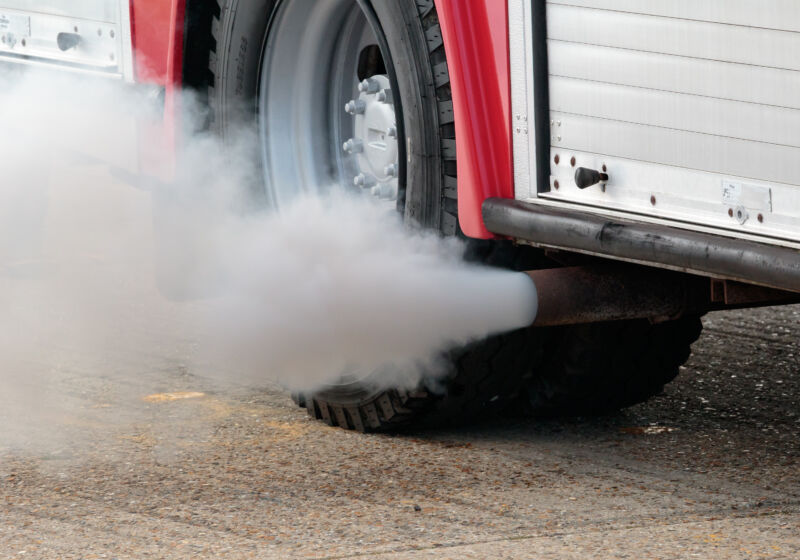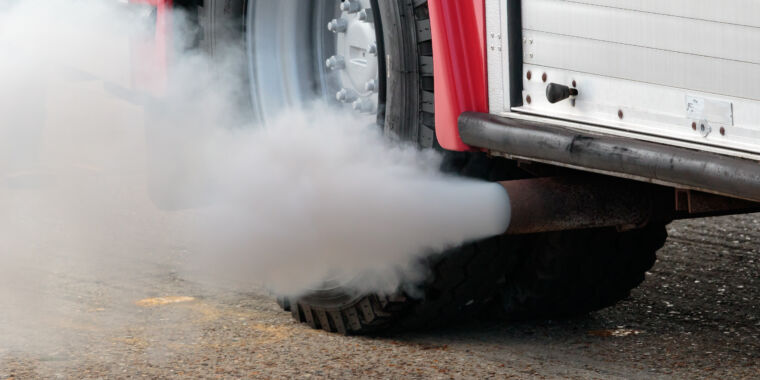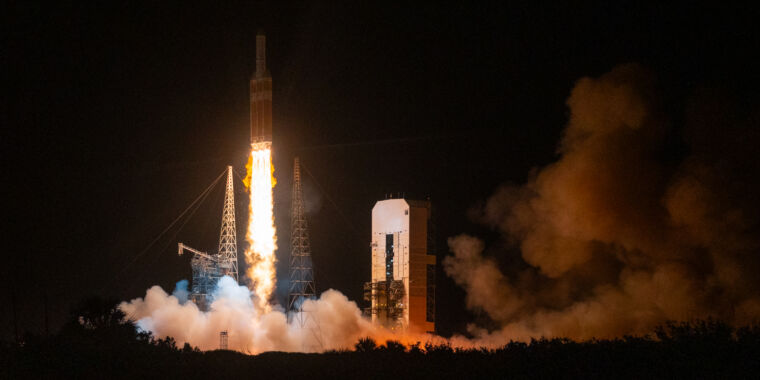
In the US, minorities are exposed to higher pollution levels than other populations. This is at least partly explained by the fact that we tend to build things like power plants and freeways in low-income neighborhoods, which is also where minorities tend to live. The shift away from fossil fuel use can potentially lower the burden on minorities, shuttering fossil fuel plants and reducing the number of vehicles that burn fuel.
A new analysis on decarbonization’s effects on pollution shows that minorities will see their exposure fall. But it indicates that minorities are likely to still be disproportionately affected unless we specifically focus on reducing their exposure.
Exposure
Burning fossil fuels releases a variety of pollutants into the environment. Chief among these are particulates; one category alone (PM 2.5) is estimated to lead to 100,000 premature deaths annually in the US. Before their death, people are often saddled with extensive health costs and lost productivity.
In the US, those burdens largely fall on those least able to afford them. People who live in low-income areas are generally more likely to receive higher exposure to particulate pollution due to the proximity of these neighborhoods to the sources of this pollution. As minorities are over-represented among the lower-income brackets, they disproportionately bear the burden of fossil fuel use.
All of this should mean that reducing our reliance on fossil fuels will improve the situation for minorities in the US. Making electricity production and transport greener means fewer particulates and fewer of the problems that come with them. But even if the absolute pollution exposure drops, that doesn’t mean that the disproportionate pattern of exposure will change. Overall, pollution can fall while exposure remains unevenly distributed.
To determine whether greening our electricity and transport will help shift some of the undue burden, a team of researchers based in San Diego did two analyses focused on PM 2.5 exposure. One of them examined several potential routes to meeting the US’s climate goals; the second performed a large set of random reductions to look at why minorities have so much of the burden in the first place.
Testing priorities
All of the scenarios tested by the researchers focused on meeting the emissions cuts pledged by the US as part of the Paris Agreement. The researchers start with a list of known pollution sources, eliminate enough of them to reach the targeted emissions cuts, and then create a new map that projects what the ensuing pollution would look like. Using county-level demographic data, they then explore how different populations within the US would see their exposure to PM 2.5 change.
The key difference among the scenarios is how the elimination of pollution sources is prioritized. There are lots of combinations of cuts that would get the US to its Paris Agreement targets, and choosing the combination will depend on what values we prioritize. In different scenarios, the researchers “target counties with high historical pollution, high fraction [people of color], low income, lowest cost of mitigation, and by equal fraction without any prioritization.”








